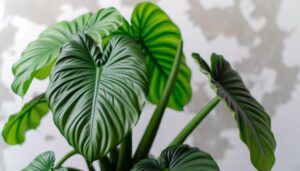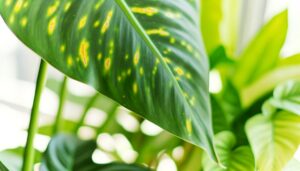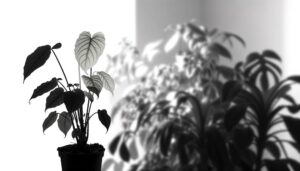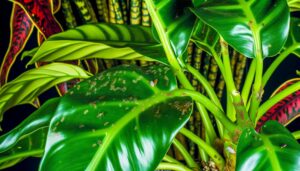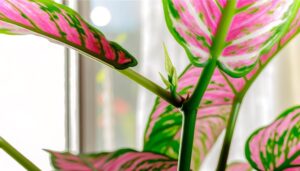Where Can I Find a Pink Princess Philodendron Near Me?
You can find a Pink Princess Philodendron near you at the following locations:
- Home Depot (in-store and online): Home Depot offers the plant in 6-inch self-watering pots, and it can be shipped to your home or available for in-store pickup.
- Lowe’s (in-store and online): Lowe’s also sells the plant in 1-pack planters, and you can find it by locating a store near you on their website.
- Costa Farms (online delivery): Costa Farms delivers the plant directly to your doorstep and provides a 3-month AI plant care subscription.
- Petflytrap (online): Petflytrap offers the plant in various sizes, including medium and extra-large potted options, and ships it to your location.
- Walmart (online): Walmart allows you to shop online and save on the Pink Princess Philodendron plant.

Pink Princess Philodendron Availability and Features
| Retailer | Availability | Size/Pot | Price | Features |
|---|---|---|---|---|
| Home Depot | In-store, Online | 6-inch Self-Watering Pot | $25.99 | Average shipping height: 14 inches tall; indirect sunlight required. |
| Lowe’s | In-store, Online | 1-pack Planter | $29.98 | Green and pink foliage; each leaf varies in color. |
| Costa Farms | Online Delivery | Medium (3-inch Pot) | $29.99 | Slow-growing, climbing vine; indirect sunlight; textured leaves. |
| Petflytrap | Online | Small Potted, Medium/Large Potted, XL – 6″ Hanging Basket | $19.99 – $50.99 | Highly sought after; varying pink shades; moist soil required. |
| Walmart | Online | Varies | Varies | Online shopping option for Pink Princess Philodendron plants. |
Local Plant Nurseries
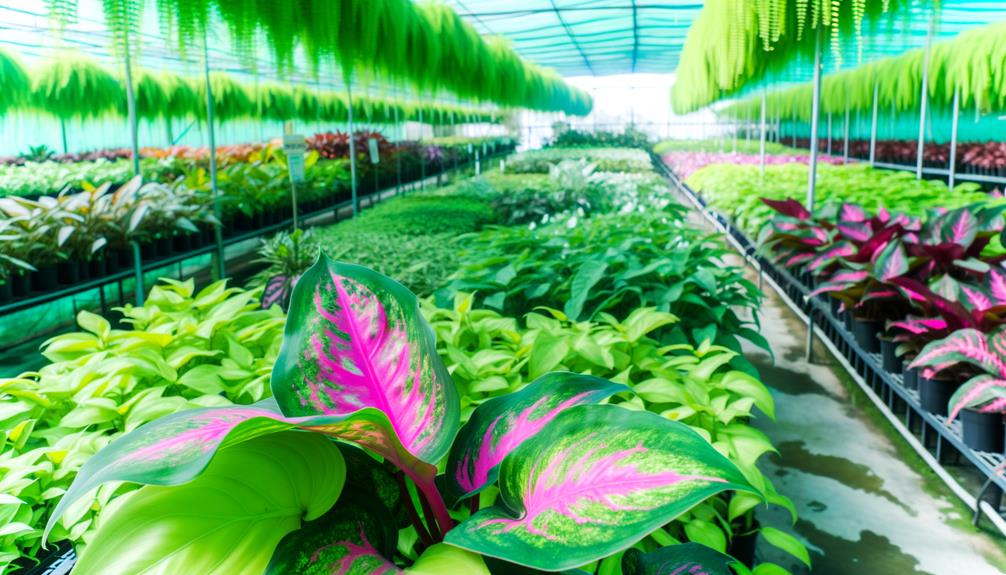
Local plant nurseries are critical sources for acquiring the Pink Princess Philodendron, offering both expertise and a controlled environment for best plant growth.
These nurseries play a crucial role in plant health through the provision of suitable soil mixtures, appropriate humidity levels, and proper lighting conditions. Nursery staff, knowledgeable in horticultural practices, can advise on the care requirements specific to the Pink Princess Philodendron, including watering schedules and pest management.
Additionally, nurseries often conduct periodic health checks and implement disease prevention measures, ensuring that plants sold are robust and healthy. By visiting local nurseries, enthusiasts can access a wealth of information and resources, fostering successful cultivation of this unique and sought-after plant.
This localized expertise is invaluable for maintaining the plant’s distinctive variegation and overall strength.
Specialty Plant Shops
Specialty plant shops, renowned for their curated selection of rare and exotic plants, often provide an ideal environment for acquiring a Pink Princess Philodendron. These establishments typically focus on sourcing high-quality specimens, ensuring that the plants are well-cared for and free from common diseases.
The expertise of the staff in such shops is invaluable; they can offer precise cultivation advice and recommend best growing conditions. Additionally, specialty plant shops are more likely to participate in networks of rare plant collectors and suppliers, increasing the likelihood of obtaining a healthy Pink Princess Philodendron.
This targeted approach makes specialty plant shops a superior choice for enthusiasts aiming to add this elusive plant to their collection.
Farmers’ Markets
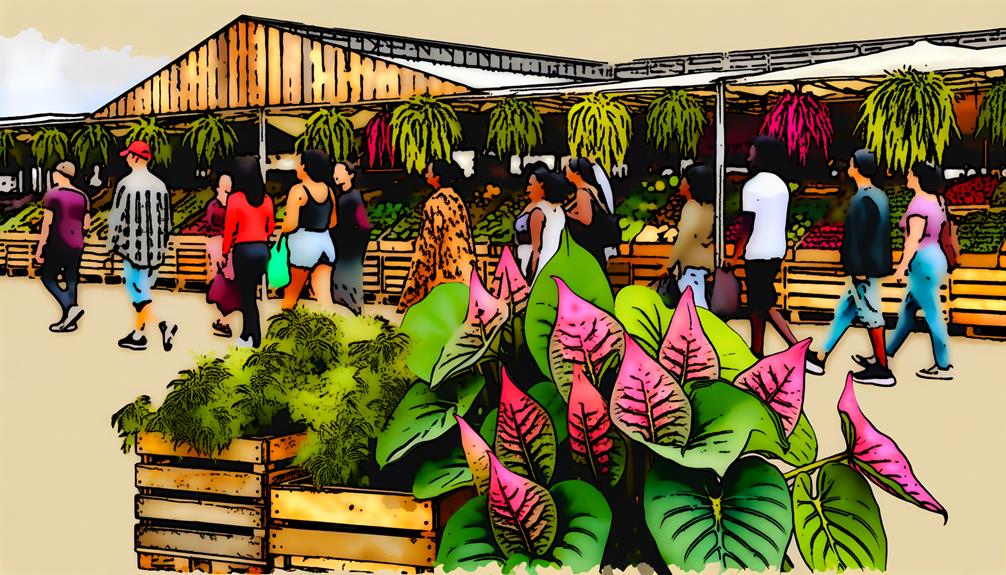
Farmers’ markets, often characterized by their diverse range of locally-grown produce and handmade goods, can occasionally serve as a source for acquiring a Pink Princess Philodendron. These markets provide a unique opportunity to connect directly with local horticulturists and plant enthusiasts who may offer this rare plant.
Evaluating the availability and quality of the Pink Princess Philodendron at farmers’ markets can be facilitated by focusing on key attributes such as vendor reputation, plant health, and price.
| Attribute | Consideration |
|---|---|
| Vendor Reputation | Check for positive reviews and repeat customers |
| Plant Health | Look for vibrant colors and absence of pests |
| Price | Compare costs with other sources to guarantee fairness |
This methodical approach will increase the likelihood of finding a reputable source for a healthy Pink Princess Philodendron.
Garden Centers
Beyond farmers’ markets, garden centers represent another viable option for acquiring a Pink Princess Philodendron, offering a controlled environment for the cultivation and sale of this rare plant.
These centers typically employ horticulturists who ensure ideal growing conditions, including regulated temperature, humidity, and light levels, which are crucial for maintaining the plant’s distinctive variegation.
Additionally, garden centers often provide a range of specialized care products and expert advice, enhancing the likelihood of successful long-term cultivation. Inventory at these establishments can be more predictable than at farmers’ markets, though availability may still be limited due to the plant’s popularity.
Regular visits or inquiries can increase the chances of obtaining a Pink Princess Philodendron when it becomes available.
Plant Swaps

Plant swaps offer a unique and cost-effective method for acquiring a Pink Princess Philodendron, leveraging community networks to facilitate the exchange of rare and exotic plants among enthusiasts.
These events typically occur at community centers, local horticultural societies, or even online platforms dedicated to plant trading. Participants bring plants or plant cuttings to exchange, fostering a collaborative environment.
The inherent advantage lies in the diversity of plant species available, often including rare varieties like the Pink Princess Philodendron. Additionally, plant swaps provide an opportunity for networking with knowledgeable horticulturists, who can offer insights and cultivation tips.
Botanical Gardens
Botanical gardens serve as essential repositories for plant biodiversity, often housing rare and exotic species like the Pink Princess Philodendron. These institutions provide a controlled environment where such plants can be studied, conserved, and displayed. Their collections are meticulously curated, ensuring the health and genetic diversity of the species they protect.
Additionally, botanical gardens often participate in plant exchange programs, which can increase the likelihood of acquiring a Pink Princess Philodendron. By collaborating with global botanical networks, they help disseminate rare species to other institutions and enthusiasts.
Visiting a local botanical garden not only offers an opportunity to view these unique plants but may also provide access to purchase or trade through associated events or gift shops.
Social Media Groups
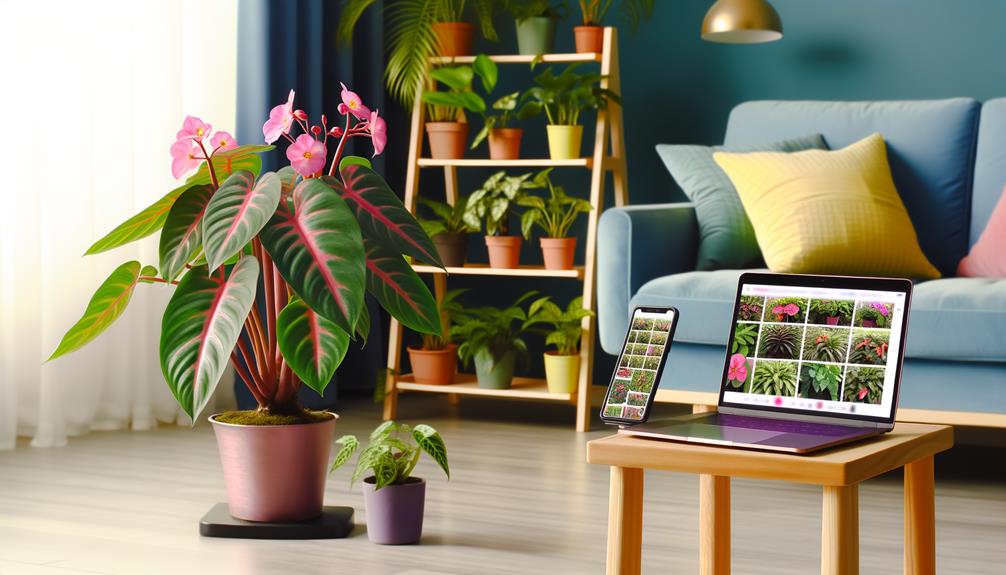
In recent years, social media groups have emerged as essential platforms for enthusiasts and collectors of the Pink Princess Philodendron to exchange knowledge, share cultivation tips, and engage in plant trading.
These groups leverage the connectivity offered by platforms such as Facebook, Instagram, and Reddit, facilitating real-time interactions and a sense of community among members.
Within these digital spaces, users can post photos, request advice, and arrange trades or purchases, often bypassing traditional retail channels. Analytical discussions on best growing conditions, disease management, and propagation techniques are prevalent, enhancing the collective understanding of this unique plant.
Online Marketplaces
The market for Pink Princess Philodendrons has expanded greatly across various online platforms. Popular online retailers, social media groups, and specialty plant websites offer diverse avenues for acquiring these sought-after plants.
Each marketplace presents unique advantages and challenges, influencing accessibility, pricing, and plant quality.
Popular Online Retailers
Several prominent online marketplaces offer the Pink Princess Philodendron, providing a range of options for enthusiasts seeking this highly sought-after plant. Notable platforms include Etsy, eBay, and Amazon, where sellers showcase a variety of specimens at different price points.
Etsy is recognized for its artisan community, often listing unique and well-maintained plants from individual sellers. eBay allows for competitive bidding, potentially securing a plant at a lower cost, though availability can fluctuate. Amazon provides a more standardized purchasing experience with user reviews and fast shipping options.
Each marketplace employs a rating system, enabling buyers to assess seller reliability and product quality. It is important to scrutinize listings for plant health indicators and seller ratings to make a satisfactory purchase.
Social Media Groups
Social media groups on platforms such as Facebook and Instagram have become essential hubs for trading and purchasing Pink Princess Philodendron plants. These groups provide a dynamic marketplace where enthusiasts can connect, exchange tips, and negotiate sales.
Listings often include detailed descriptions, images, and care information, enhancing buyer confidence. Transactions typically utilize secure payment methods such as PayPal or Venmo, ensuring financial safety.
Additionally, social media algorithms can optimize search results based on user interactions, making it easier to locate specific plants. However, due diligence is imperative to avoid scams; buyers should seek reviews or references before finalizing any transaction.
Specialty Plant Websites
Leveraging specialized plant websites can provide enthusiasts with a structured and reliable platform for purchasing Pink Princess Philodendron plants.
These websites offer detailed descriptions, verified sellers, and secure transactions, ensuring the authenticity and quality of the plants. Additionally, they often provide customer reviews and ratings, which can guide buyers in making informed decisions.
Below is a comparative analysis of features offered by prominent specialty plant websites:
| Website | Key Features |
|---|---|
| Plantly | Verified sellers, secure transactions |
| Pistils Nursery | Detailed plant care guides |
| The Sill | Customer reviews, plant guarantees |
| Etsy | Wide seller base, varied price points |
| Steve’s Leaves | Rare plant selection, expert advice |
This analytical approach aids in identifying reliable sources for acquiring Pink Princess Philodendron.
Plant Enthusiast Clubs
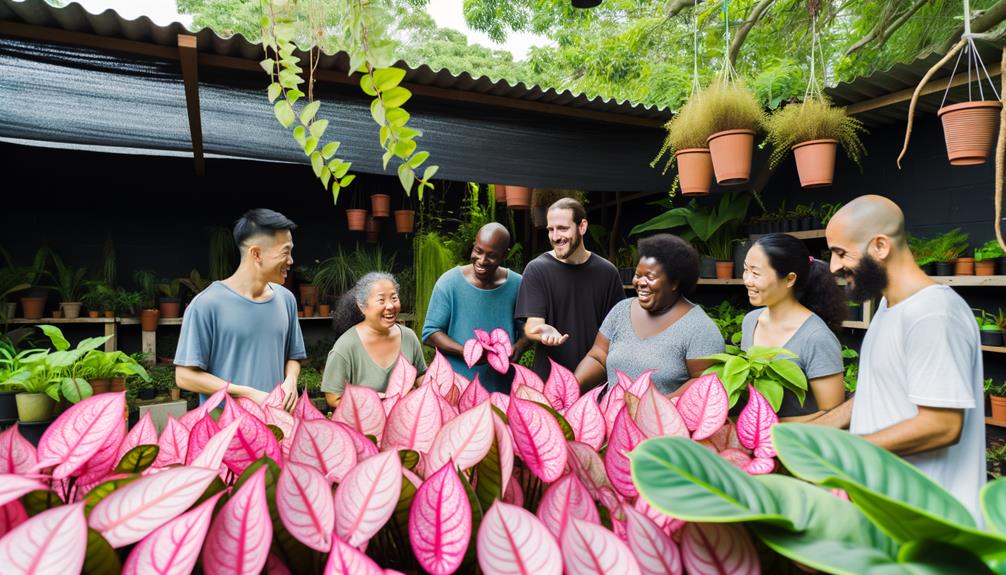
Plant enthusiast clubs provide a structured platform for individuals to exchange knowledge, share resources, and cultivate a deeper understanding of species like the Pink Princess Philodendron. These clubs often organize meetings, workshops, and plant swaps, enabling members to acquire rare plants and learn advanced care techniques.
Membership offers access to exclusive plant sales and expert consultations, which can be invaluable for sourcing a Pink Princess Philodendron.
Detailed discussions on best soil compositions, light requirements, and propagation methods are common, fostering a collaborative environment where enthusiasts can refine their horticultural skills.
Moreover, these clubs frequently collaborate with botanical gardens and nurseries, expanding opportunities for members to obtain sought-after plant varieties.
Urban Plant Pop-Ups
Urban plant pop-ups serve as temporary retail spaces that offer unique opportunities for enthusiasts to access rare and exotic species like the Pink Princess Philodendron. These ephemeral markets typically emerge in high-traffic urban areas, capitalizing on the transitory nature to create a sense of urgency and exclusivity.
The strategic location and limited duration of these pop-ups often result in a curated selection of high-demand plants. By leveraging social media and local networks, organizers can effectively notify potential customers about upcoming events.
Additionally, urban plant pop-ups frequently collaborate with local nurseries or specialized growers, ensuring the availability of premium specimens. This model not only facilitates direct consumer access but also fosters a vibrant, plant-loving community within urban settings.
Conclusion
The quest for a Pink Princess Philodendron is akin to searching for a hidden gem within a labyrinth. Local plant nurseries, specialty plant shops, farmers’ markets, and garden centers serve as primary nodes in this intricate network.
Complementing these are plant swaps, social media groups, online marketplaces, plant enthusiast clubs, and urban plant pop-ups. Collectively, these avenues offer a thorough strategy for locating this prized botanical specimen, ensuring success for the dedicated plant aficionado.

